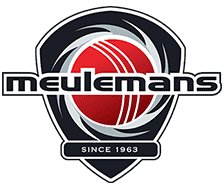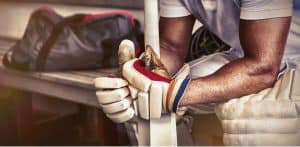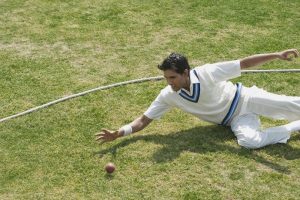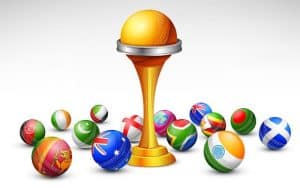Even though the first cricket games in history took place in the 18th century, it wasn’t until the 19th century that cricket helmets were introduced as important safety measures cricketers would use to protect themselves while playing.
The first person to wear a cricket helmet during a game was England cricketer Patsy Hendren. Helmet use and popularity grew exponentially in the 1970’s when popular players including Tony Greig, Sunil Gavaskar and Dennis Amiss began to wear them.
Thanks to modern technology, what began as quite a simplistic design back in the 19th century has progressed to cutting-edge safety equipment designed specifically for the game of cricket. Nowadays, cricket helmets have the potential to limit your chances of injury or impact. In fact, some helmets have been proven to almost entirely eliminate these risks altogether.
But what exactly is a modern, safe cricket helmet made of? We’ve broken down the five major components of the modern cricket helmet – including its shell, grill, padding, chin strap and neck guard. Read on for more information about what each component is able to provide a helmet’s wearer.
1. The shell
The helmet’s shell is its most essential component. It is essentially the ‘dome’ of the helmet, and contains different raw materials, including fibreglass and carbon steel. The outer shell of the helmet provides a large surface area to reduce impact if hit, and conversely, the inner shell helps to soak up any shock that hits the outer part.
2. The grill
The grill is a net-like section that is attached to the shell, designed to help protect the face from injury. It’s made from materials such as titanium and polycarbonate, and is specially designed so it won’t affect ventilation and visibility – but will guarantee maximum safety and protection.
3. The padding
The padding is a soft cushion material attached to the helmet’s inner part. It’s designed to help absorb shock, and at the same time, ensure the helmet can grip the cricketer’s head better. Much like the helmet itself, the padding can be easily adjusted to fit different head sizes.
4. Chin strap
As its name suggests, the chin strap is used to attach the helmet to the head snugly and firmly. It is also used to help protect the cricketer’s chin.
5. Neck guard
Attached to the back of the cricket helmet, the neck guard is a component intended to protect cricketers’ necks. It was added to most helmets in recent years, after the tragic death of Australian cricketer Phillip Hughes after he was struck in the neck by a cricket ball.
Keep protected with safety equipment from Meulemans Cricket Centre
Meulemans Cricket Centre have you covered with all the gear and equipment (including modern, state-of-the-art cricket helmets) you’ll need to keep safe the next time you hit the field. Browse their full range online, or head to their South Perth Store or Joondalup Megastore for further assistance, or to view products instore.



